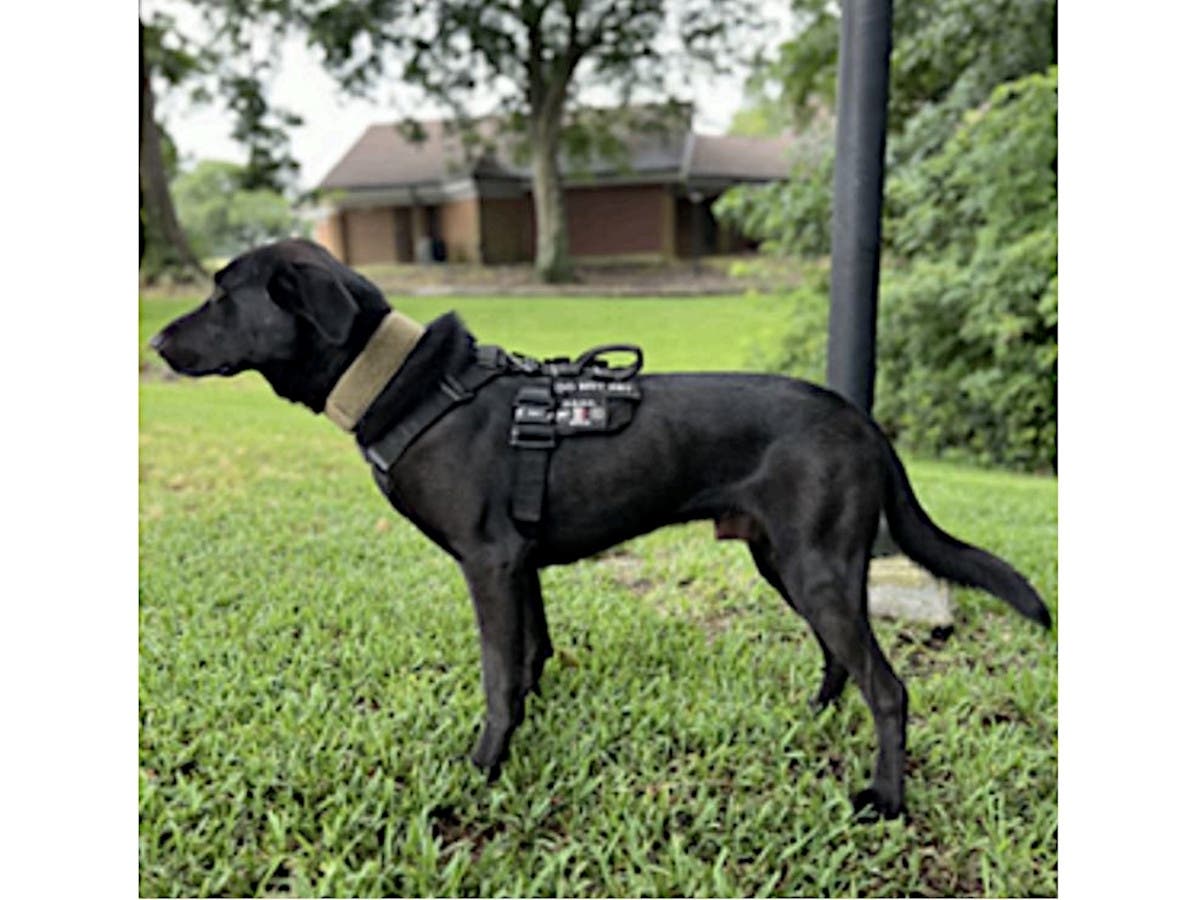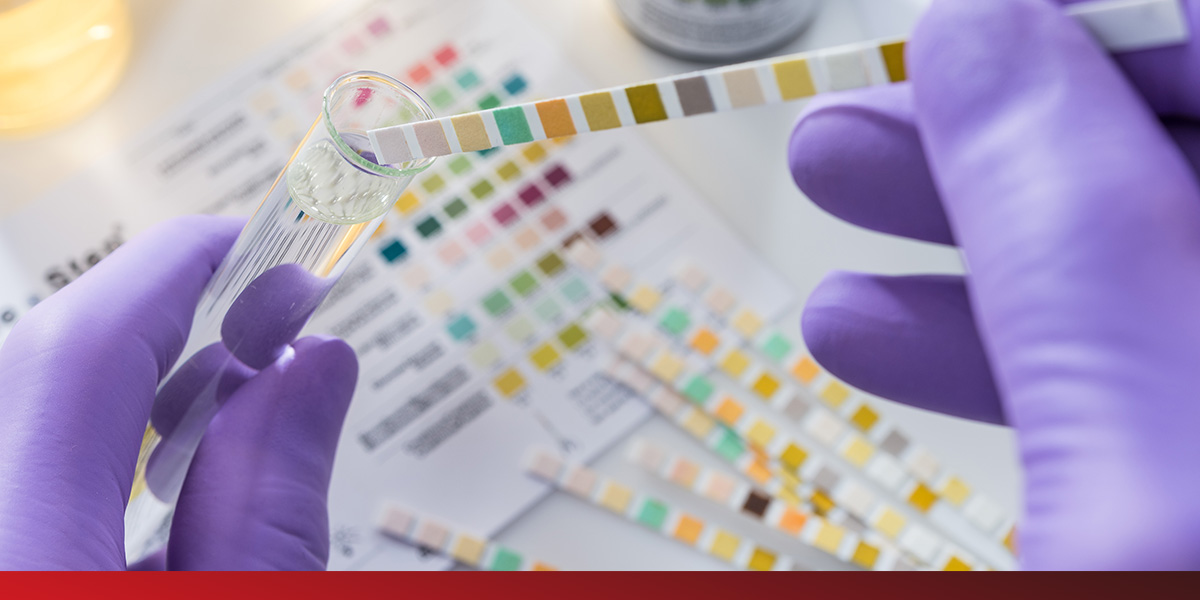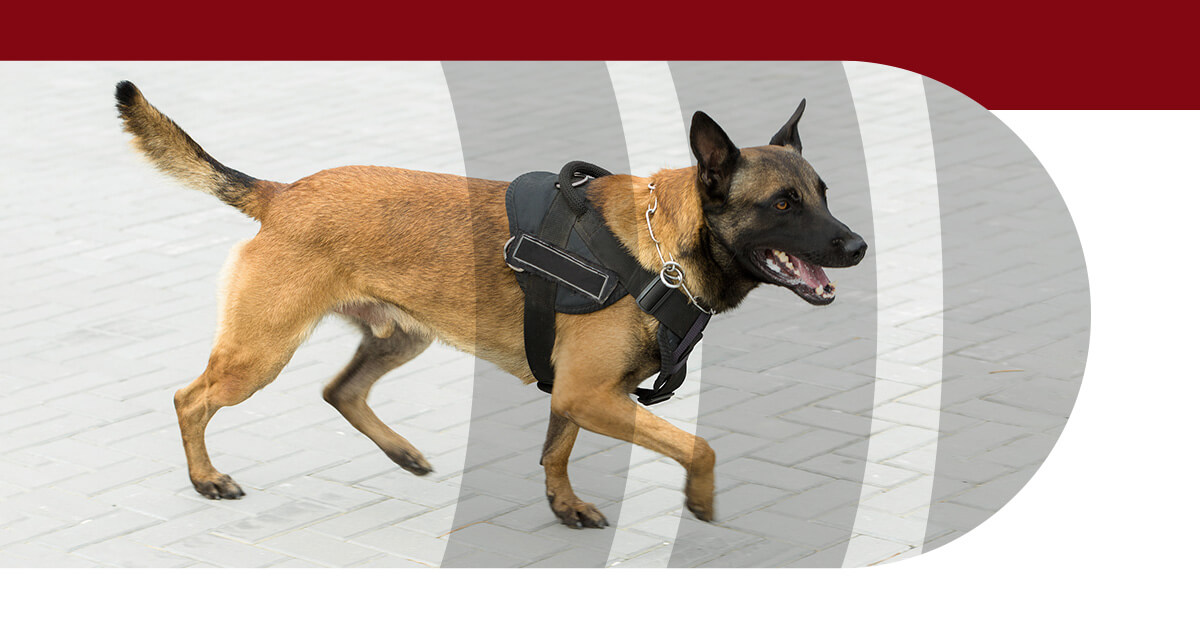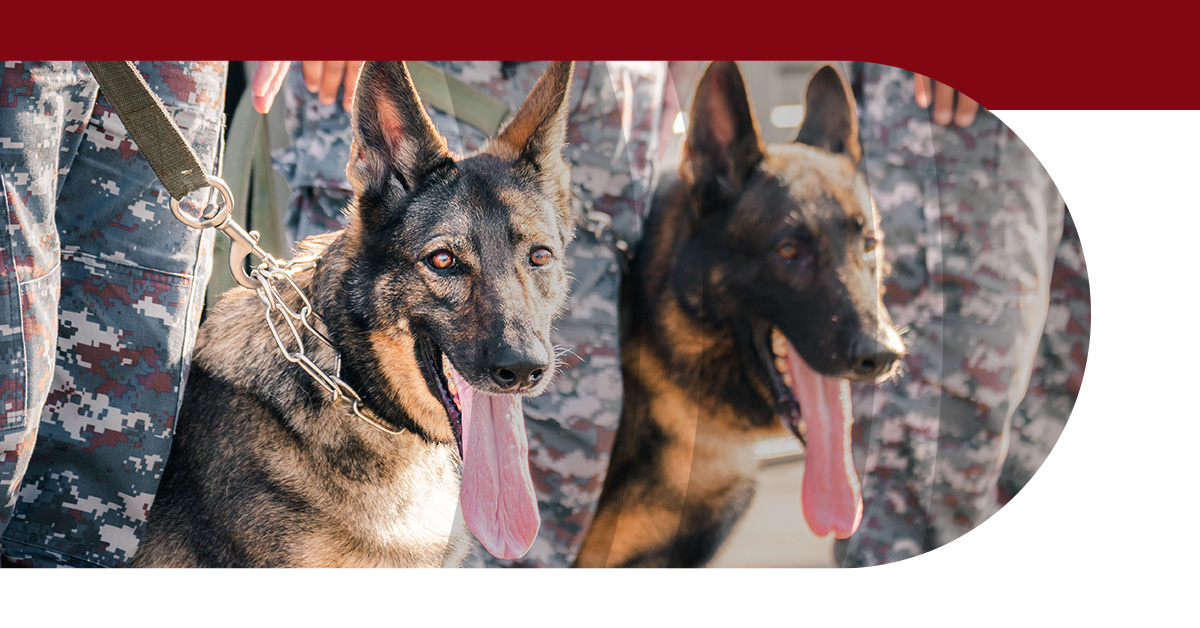News
How Does Scent Detection Dog Training Work?
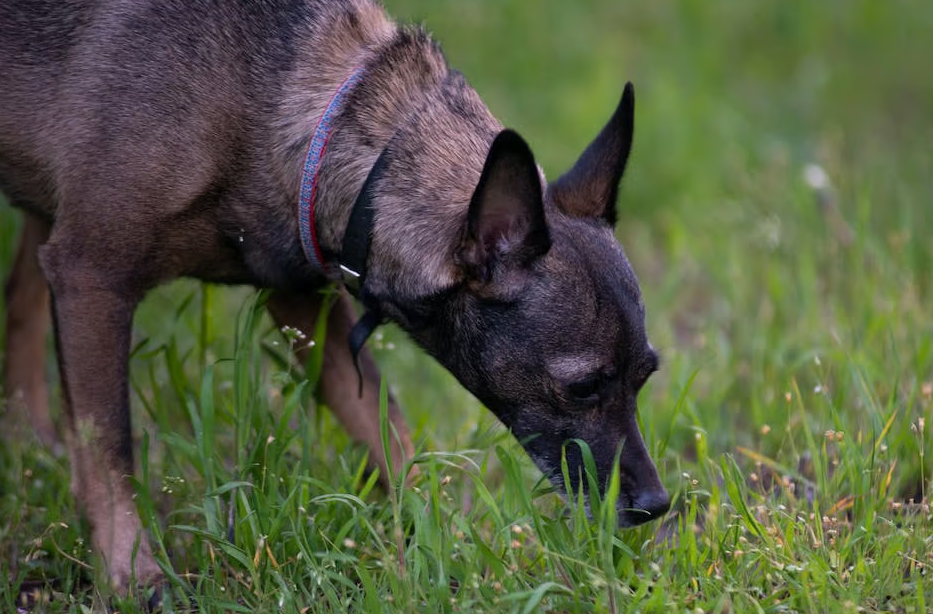
You've likely heard that a shark can detect a drop of blood from a mile away. Sharks do have impressive powers of scent, make no mistake. Yet one animal trails closely behind: dogs.
Dogs can track down humans, detect bombs, and locate caches of hidden drugs. They can do so in seconds, even when a powerful stench is masking the target material. All of this is thanks to scent detection dog training.
The question is, how is it possible to turn tail-wagging Fido into one of the drug detection dogs? It's a fascinatingly simple process, and we're here to discuss it in detail. Read on as we explain how dog training works.
Why Does a Trained Dog Make a Good Detector?
Why dogs, and not other animals like horses or cats? Most animals have a vastly superior sense of smell compared to humankind. Even a hamster has a better sense of smell than you do.
The primary reason is that dogs have some of the best-smelling equipment in the animal kingdom. Low-end estimates suggest a dog's sense of smell is at least 10 times stronger than our own. Upper-end estimates put that number at 1,000,000.
Better Olfactory Processing
It's not just that dogs have a better nose (they do). Their olfactory region is larger, too. "Olfactory" refers to a brain's segment for processing smells.
Compared to the human brain, that segment is 40% bigger, to be precise.
To put this in perspective, imagine an Olympic swimming pool with a single drop of blood. A dog could still detect that blood past all the chlorine and traces of urine.
Domestication and Obedience
Dogs are man's best friends for a reason: they are cooperative. Unlike cats, they obey with alacrity. Following our orders is a game that they have immense fun playing.
This makes it exceptionally easy to train dogs to do almost anything. That's why you have service dogs and guard dogs. They can learn to perform simple tasks, especially ones humans cannot.
Certain Dog Breeds Are Even Better
You may have noticed how many K9 units are German shepherds. This is because this particular breed excels at highly-trained jobs. They are disciplined, strong, and have an unparalleled sense of smell.
Realistically, most breeds can be drug detector dogs. Certain breeds, though, do a much better job.
How Scent Detection Dog Training Works
Again, dogs love games. Drug detector dogs are able to identify illegal substances thanks to classical conditioning. That is, training them to associate finding a drug with a reward.
You've probably heard of Pavlov's dogs. When scientist Ivan Pavlov rang a dinner bell, his dogs began to salivate in anticipation of food. In a similar way, a dog trainer makes the dog excited to find drugs (or bombs) in the hope of a reward.
Towel Method
Training methods vary from place to place. One common technique is to give the dog a scentless, white towel. The dog falls in love with the towel and it quickly becomes their preferred toy.
Since the dog knows the towel so well, they can find it no matter where it is by its scent. Trainers purposefully hide the towel somewhere in a room or yard, and the dog finds it. Each time the dog finds it, they give them a reward.
Linking the Towel to Target Scents
This done, the next step begins. Their trainer wraps the towel around illicit substances. This can be anything: marijuana, cocaine, or residue from C4 explosive.
Subconsciously, the dog associates the towel with the smell of the substance. They hide the contaminated towel the same as before and let the dog find it. Each time they succeed, they continue to get a reward.
The trainers must make this challenging, too. They simulate real-life situations, such as concealing the towel deep inside a suitcase. Or, the crevices of a human being.
Shape Signal Method
Another technique is to train the dog to perform an action--such as sitting down. The trainer pairs this with a hand signal, clicker noise, or verbal command. The animal gets a reward for success.
Then, the trainer pairs this with the scent of those illicit substances. Just as before, the trainer creates a positive feedback loop. The dog performs an action and gets a treat as a reward.
The dog learns to identify the substances in hopes of finding a reward. Over time, the trainer begins to use the signal less and less. Eventually, the dog can detect these scents automatically regardless of the trigger.
How Effective Is a Trained Dog?
Very, very effective. Really, the only thing slowing down a dog is the humans around it. Since the dog can't speak, it just paws at the scent until humans locate the source.
You may have heard the origin story of the red herring. Legend has it that people would use the exceptionally stinky red herring to throw dogs off a trail.
Whether or not this story is true, one thing is certain. Dogs can detect a target scent even when criminals use a "red herring" to throw them off.
Long story short, it is virtually impossible to slip an illicit substance past a trained dog.
What Limitations Are There?
The only limitation is how many scents a dog recognizes. A single pooch is able to memorize between 6-12 unique smells. In high-security situations, you may require multiple dogs to cover all your bases.
However, dogs can detect variations of a scent. A dog trained to identify methamphetamines can locate drugs with similar chemical structures. For example, other opioids like cocaine and heroin.
Bulk Up Your Security With 3DK9
Scent detection dog training enables just about any mutt to identify illegal substances. At its core, it's a very simple process. A skilled trainer conditions a dog to associate finding desired substances with receiving a reward.
3DK9 is your source for highly trained dogs to detect drugs and explosives. Contact us and we'll set you up with the dogs you need.




